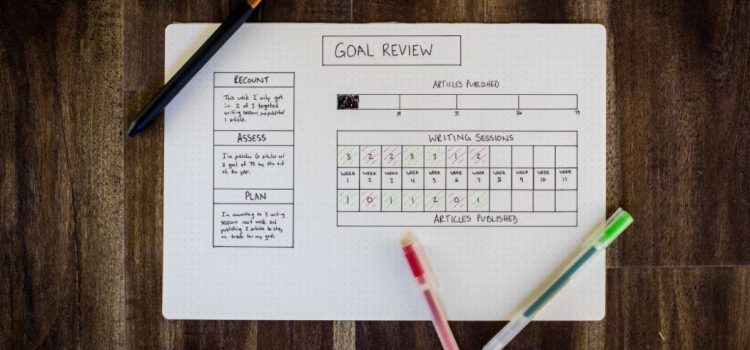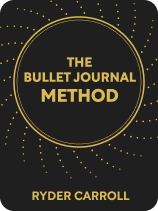

This article is an excerpt from the Shortform book guide to "The Bullet Journal Method" by Ryder Carroll. Shortform has the world's best summaries and analyses of books you should be reading.
Like this article? Sign up for a free trial here .
Why is it important to track your goals? How does goal tracking help you make faster progress in achieving them?
One method to reach your goals is to use a Bullet Journal. Tracking your goals helps you break them down into smaller steps so they feel more manageable. This will help you recognize when you’ve made progress and keep you motivated.
Here’s how to use your Bullet Journal to track your goals.
Pursuing Continual Improvement
In his book The Bullet Journal Method, Ryder Carroll says that one key to productivity is continual improvement. When we focus on making progress one step at a time, we’re not only more likely to succeed but can also enact large amounts of change gradually.
(Shortform note: Why are small adjustments more conducive to behavioral change? In Tiny Habits, BJ Fogg argues that change is more successful when we’re feeling positive, and positivity is more easily cultivated when we experience the small successes that come from gradual change.)
Despite the benefits of focusing on continual change, Carroll argues, we often make the mistake of trying to enact big, immediate changes. While it’s understandable to want to improve, great accomplishments require great effort, and such enormous undertakings can cause us to feel overwhelmed and even paralyzed by fear. What’s more, he adds, when we can’t make the changes we were hoping for, we tend to see it as a personal failure.
(Shortform note: Although Carroll observes that we often try to make sweeping changes, he doesn’t explore why this might be the case. Experts say that the reason we attempt to enact big, immediate changes is that we psychologically view change as a straightforward progression. In reality, however, change isn’t linear. Instead, we progress through a series of stages in a back-and-forth fashion, repeating certain steps again and again until change successfully occurs.)
The Bullet Journal Solution
To shift your mindset to continual improvement, Carroll recommends that you break down large goals into smaller, self-contained projects by creating a Bullet Journal tracking system. Doing so can help you see your progress and therefore motivate you to keep moving forward.
(Shortform note: Motivation isn’t the only benefit that comes from tracking your progress. According to the American Psychological Association, frequently monitoring progress toward your goals directly increases your chances of success. What’s more, those chances increase even more if you record your progress or report it publicly.)
For each of your goals, Carroll recommends creating a separate customized section in which you can break it down into different projects—whatever makes sense for the particular goal. For example, if your overarching goal is to learn to speak Portuguese, you could break it down into a series of smaller projects beginning with memorizing the most-used words in the language.
To determine the appropriate tasks for each self-contained project, Carroll advises that you ask yourself simple questions like “What small step can I take to move forward right now?” The easier the step is, the more likely you are to follow through. To continue the example, you could break down the project of memorizing the most-used words in Portuguese into smaller tasks like learning verbs, nouns, adjectives, and so on.
(Shortform note: Carroll’s recommendation to break projects down into actionable steps is especially helpful when you’re not sure how to achieve a goal. In other cases, however, it may make more sense to divide goals using a simple unit of measurement like time or quantity. For example, if your goal is to organize your garage, you could commit to spending 30 minutes per day decluttering until it’s finished. If your goal is to learn to make bread, you could plan to bake one loaf every week for a year.)

———End of Preview———
Like what you just read? Read the rest of the world's best book summary and analysis of Ryder Carroll's "The Bullet Journal Method" at Shortform .
Here's what you'll find in our full The Bullet Journal Method summary :
- A comprehensive guide to using the Bullet Journal Method
- How to maintain a journaling practice that can improve your overall quality of life
- How to extend the method beyond productivity to a practice in mindfulness






